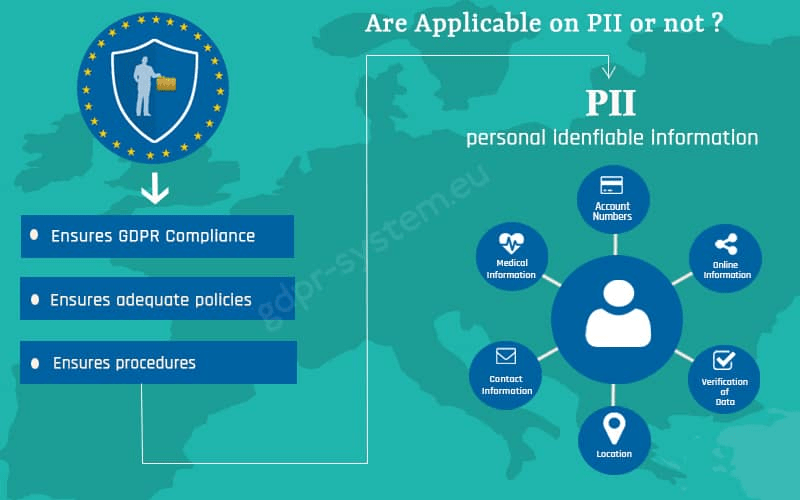Google Analytics Standards: What Data Does Google Analytics Prohibit Collecting?
Grasping the Art of Overcoming Data Collection Limitations in Google Analytics for Better Decision-Making
In the realm of digital analytics, the capability to remove meaningful understandings from data is critical for notified decision-making. By using sophisticated strategies and strategic strategies, companies can elevate their data high quality, unlock hidden insights, and lead the way for more enlightened and effective choices.
Information Top Quality Assessment
Data quality evaluation entails examining numerous aspects such as precision, efficiency, consistency, and timeliness of the data. One vital aspect to consider is data precision, which refers to just how well the information shows the true values of the metrics being determined.
Efficiency of information is an additional essential element in evaluating information quality. Uniformity checks are additionally essential in information quality evaluation to recognize any type of disparities or anomalies within the data set. By prioritizing data top quality assessment in Google Analytics, services can enhance the integrity of their analytics reports and make even more educated decisions based on precise insights.
Advanced Monitoring Techniques
Using advanced monitoring methods in Google Analytics can considerably boost the depth and granularity of information collected for more thorough analysis and insights. One such method is occasion tracking, which enables the monitoring of specific interactions on a web site, like click buttons, downloads of data, or video views. By applying event tracking, businesses can get a much deeper understanding of user habits and involvement with their on the internet material.
Additionally, custom-made measurements and metrics give a means to tailor Google Analytics to specific service needs. Custom measurements permit the creation of brand-new data factors, such as user duties or customer sections, while custom-made metrics enable the monitoring of distinct performance indications, like earnings per customer or ordinary order value.
In addition, the use of Google Tag Supervisor can streamline the application of tracking codes and tags across a site, making it less complicated to handle and deploy advanced monitoring arrangements. By using these advanced monitoring strategies, services can open useful understandings and maximize their online techniques for far better decision-making.
Personalized Measurement Application
To improve the depth of information accumulated in Google Analytics past innovative tracking techniques like occasion tracking, businesses can implement customized dimensions for more tailored understandings. Customized measurements permit services to define and collect certain information factors that pertain to their special goals and goals (What Data Does Google Analytics Prohibit Collecting?). By assigning customized dimensions to various aspects on an internet site, such as user interactions, demographics, or session details, businesses can acquire an extra granular understanding of exactly how customers engage with their on-line residential properties

Acknowledgment Modeling Techniques
Efficient attribution modeling is critical for recognizing the effect of different marketing networks on conversion paths. By using the ideal attribution model, organizations can precisely connect conversions to the suitable touchpoints along the client journey. One common acknowledgment design is the Last Communication version, which gives credit rating for a go to these guys conversion to the last touchpoint a user engaged with before converting. While this design is very easy and easy to apply, it typically oversimplifies the consumer trip, neglecting the impact of other touchpoints that added to the conversion.

Data Testing Avoidance
When dealing with big volumes of data in Google Analytics, overcoming information tasting is necessary to guarantee accurate insights are derived for informed decision-making. Information tasting happens when Google Analytics estimates patterns in data rather than evaluating the complete dataset, possibly resulting in skewed results. To avoid data tasting, one efficient technique is to decrease the day variety being examined. By concentrating on shorter period, the probability of Resources coming across tasted data decreases, providing a more specific depiction of individual habits. Additionally, utilizing Google Analytics 360, the costs variation of the platform, can aid alleviate sampling as it permits higher information limits before tasting begins. Implementing filters to tighten down the data being assessed can also aid in staying clear of sampling issues. By taking these positive steps to decrease information sampling, businesses can remove a lot more accurate understandings from Google Analytics, causing better decision-making and enhanced overall performance.
Verdict
In final thought, understanding the art of getting rid of information collection limitations in Google Analytics is vital for making informed choices. By performing a thorough data top quality assessment, executing innovative monitoring techniques, utilizing custom dimensions, utilizing attribution modeling methods, and staying clear of information sampling, companies can make certain that they have trustworthy and exact data to base their decisions on. This will inevitably bring about more effective strategies and better outcomes for the organization.
